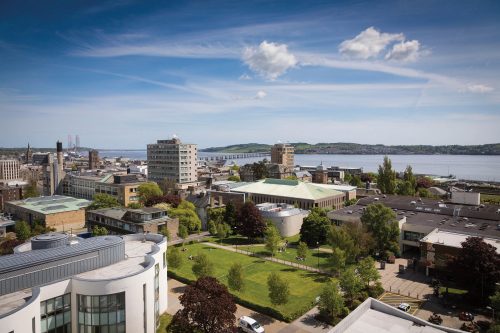Homepage
Promoting development through good water governance
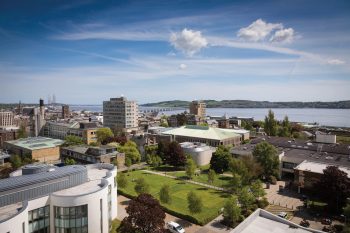
12 min read
Professor Sarah Hendry, Dundee Law School and the UNESCO Centre for Water Law, Policy and Science at the University of Dundee s.m.hendry@dundee.ac.uk My thanks to colleagues, in Law and in Geography, who commented on this in…

8 min read
The UK Government’s Independent Water Commission, led by Sir Jon Cunliffe, has issued its Final Report on reform of the water sector in England and Wales. In a relatively short time frame the Commission has produced…
3 min read
Post by Karolina Wierzbicka From 13 October to 15 November 2024, Karolina Wierzbicka, a fourth-year doctoral student at the Doctoral School in Social Sciences at the University of Łódź (Poland) and a practicing Polish barrister, completed…
3 min read
Post by Laura Young Every year, April 22nd – Earth Day serves as a reminder of the fragility of our planet and the urgent need for environmental action. This year, the theme “Planet vs Plastic” reminds…
6 min read
Post by Jean Duncan, Artist in Residence at the UNESCO Centre for Water Law, Policy & Science As the new Artist in Residence with the UNESCO Centre for Water Law, Policy and Science at the University…
6 min read
Post by Mike Rivington and Mohamed Jabloun, The James Hutton Institute Climate change in Scotland will alter the spatial and temporal distribution of rainfall, whilst warming temperatures will result in more water evaporated from crops and…
5 min read
Post by Prof Sarah Hendry Water services is the issue of the day! Having seen so much coverage of the sewerage and surface water issues in the last year, the last few days has expanded that…
5 min read
Post by Prof Chris Spray May 13th is World Migratory Bird Day (WBMD), or at least it is in the northern hemisphere; the southern celebrating it on 14th October, reflecting the cyclical nature of bird migration…
2 min read
World Water Day series – post by Dr Nandan Mukherjee More than 40% of people on earth reside in coastal regions that are less than 100 kilometres from the ocean, where they are subject to climate…
8 min read
World Water Day Series – Dr Emmanuel Akpabio The 2023 World Water Day comes with the theme ‘accelerating change’. Accelerating progress towards universal access to water has never become more urgent considering the COVID-19 pandemic and…
5 min read
World Water Day series – Post by Dr Andrew Black “Accelerating change” is the theme for World Water Day 2023. Quoting the WWD organisers, “billions of people and countless schools, businesses, healthcare centres, farms and factories…
6 min read
World Water Day Series – Post by Dr Alexandra Morel Ghana is one of the largest producers of cocoa (Figure 1b), a perennial tree crop, that is primarily grown by smallholder farmers. Theobroma cacao is native…
3 min read
World Water Day series – post by Dr Simon Cook Glacier ice covers about 10 % of the Earth’s land surface, and therefore represents a major store of fresh water. Indeed, it is estimated that almost…
2 min read
World Water Day series – Post by Professor Sarah Hendry It is now half way through the implementation period for the Sustainable Development Goals (SDGs), with a major UN Water Conference imminent. But there is much…
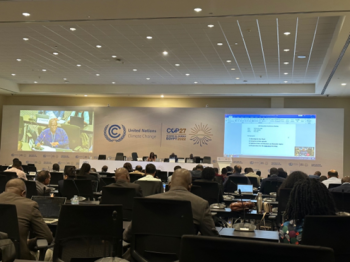
3 min read
Loss and Damage – the residual effects of climate change that could not be avoided or reduced through adaptation and mitigation activities – are already a lived reality for people worldwide, with around a million family…
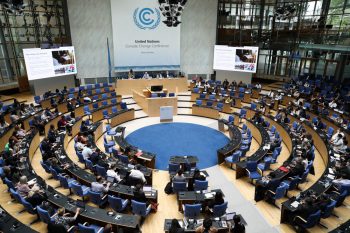
4 min read
After three decades of climate negotiations, the next big climate summit, COP 27, is set to open the curtain in Egypt, with the official tagline “together for implementation.” What remained in Glasgow was reviewed at the…
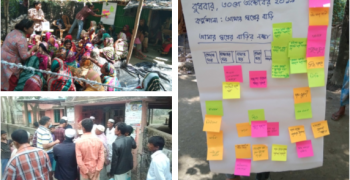
2 min read
The UNESCO Centre Dundee has been probing action research on household-level integrated water management to achieve resilience through water-induced disaster management and efficient use of renewable water resources. In this research, theories of social science theories,…
3 min read
As COP27 in Egypt gets ever closer, there is increasing focus on the key issues of loss and damage, adaptation and financing, especially after the recent meeting in Bonn. Financing will be the subject of an…
3 min read
Post by Elaine Robinson and Andrew Allan This week is World Water Week. To honour this event, today’s post will be looking at an example of the relationship between politics and water challenges, one of the…
2 min read
Post by Sean Whittaker This week sees the sixty-seventh Compliance Committee to the Aarhus Convention. The Aarhus Convention, adopted in 1998, establishes environmental information rights to the public. Today’s post is by Sean Whittaker, one of…
2 min read
Post by Andrew Allan, Chris Spray, and Elaine Robinson Yesterday was the 202nd anniversary of the birth of Dr Ignaz Semmelweis, the Hungarian ‘father of infection control’. It was Semmelweis who identified the need for hand…
2 min read
Today we have a guest post from Fortune Gomo, a Hydro Nation scholar at the Centre, about the findings of her PhD thesis, which she successfully defended in March. Post by Fortune F. Gomo Our planet…
2 min read
Post by Cathy Smith The latter twentieth century saw a global shift towards ‘participatory’ approaches in environmental management. Calls for public participation have had different emphases, from normative arguments that foreground democracy, equity and human rights,…
2 min read
Post by Cathy Smith In 2015 the United Nations’ Sustainable Development Goals (SDGs) were adopted by world leaders. The 17 goals are a call to action for all countries, recognising that many issues, such as ending…
2 min read
Post by Cathy Smith In 2015 the United Nations’ Sustainable Development Goals (SDGs) were adopted by world leaders. The 17 goals are a call to action for all countries, recognising that many issues, such as ending…
2 min read
Post by Andrew Allan On Sunday 22nd March it was World Water Day, and this year’s theme was ‘water and climate change’. To honour the event, we are publishing five blog posts exploring different sides of…
2 min read
Post by Simon Cook On Sunday 22nd March it was World Water Day, and this year’s theme was ‘water and climate change’. To honour the event, we are publishing five blog posts exploring different sides of the…
2 min read
Post by Volker Roeben and Rafael Macatangay On Sunday 22nd March it is World Water Day, and this year’s theme is ‘water and climate change’. To honour the event, this week we are publishing five blog posts…
2 min read
Post by Andrew Allan On Sunday 22nd March it is World Water Day, and this year’s theme is ‘water and climate change’. To honour the event, this week we are publishing five blog posts exploring different…
2 min read
Post written by Andrew Allan, Chris Spray and Cathy Smith On Sunday 22nd March it is World Water Day, and this year’s theme is ‘water and climate change’. To honour the event, this week we are…
3 min read
Post written by Professor Chris Spray Chris with Professor A. Biju Kumar, Head of the Dept. of Aquatic Biology and Fisheries, University of Kerala, India One might wonder what the similarities are between Kerala and the…
